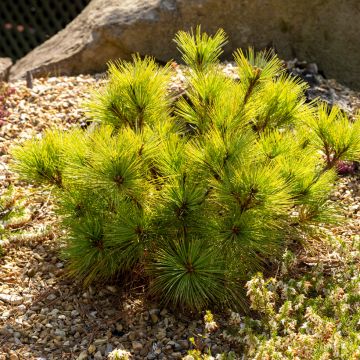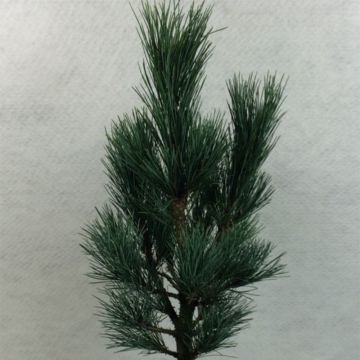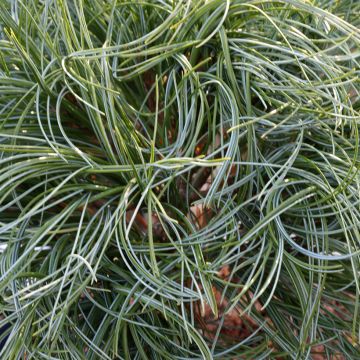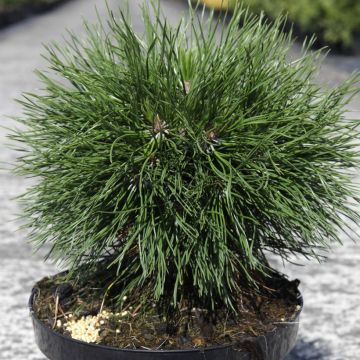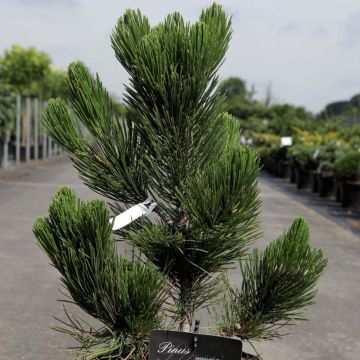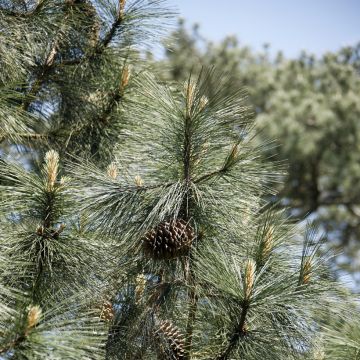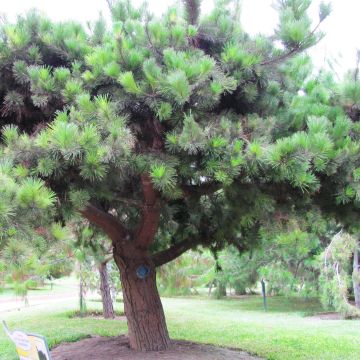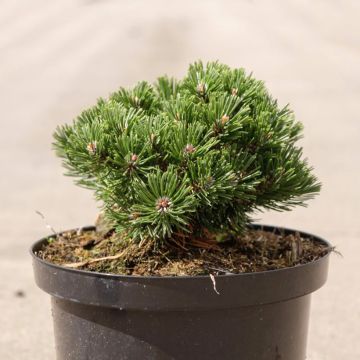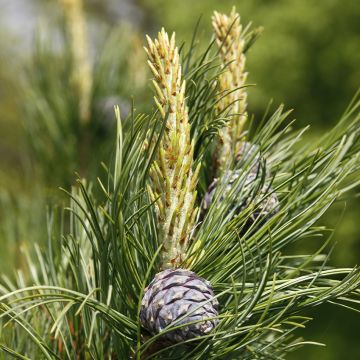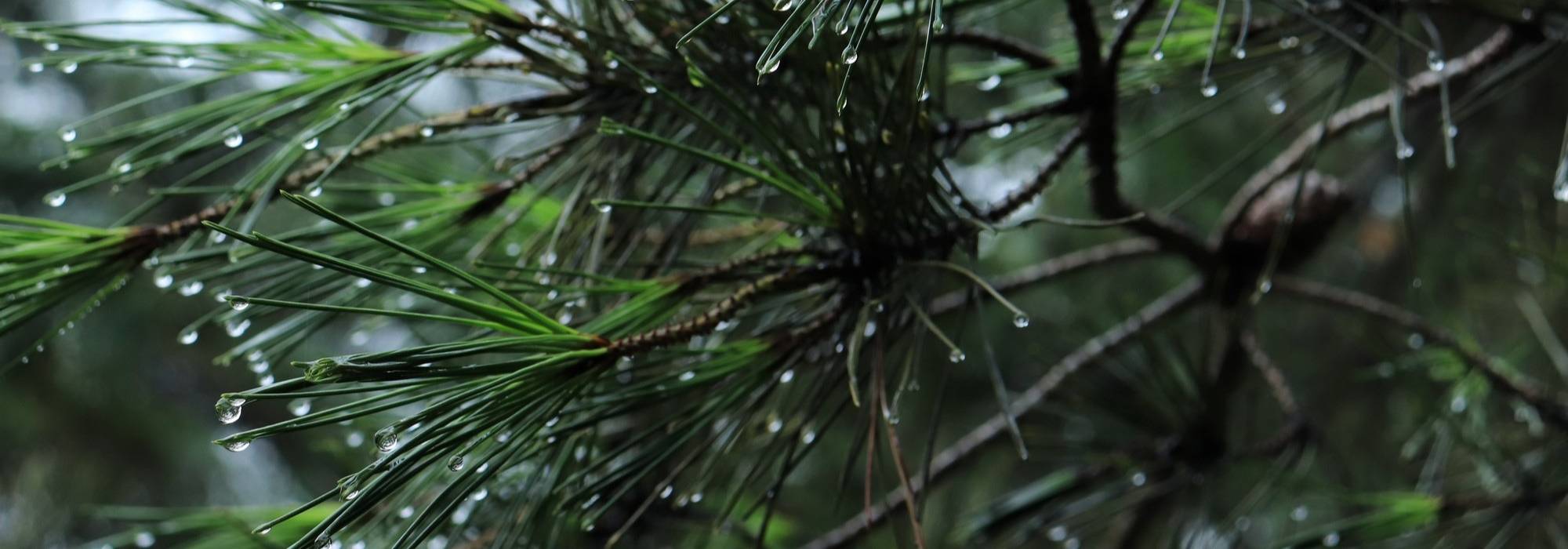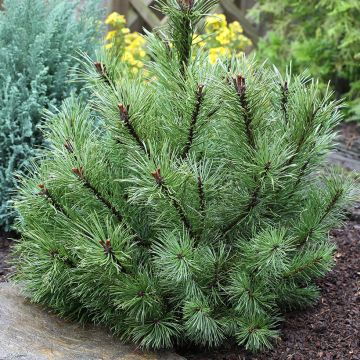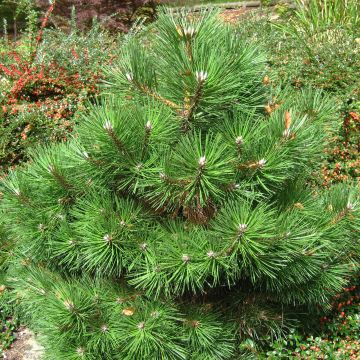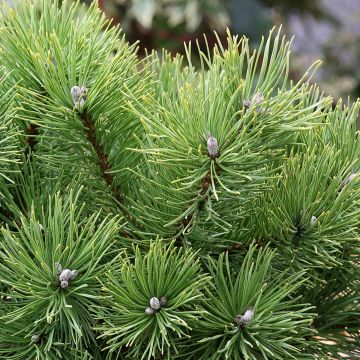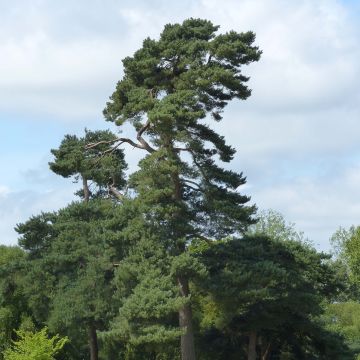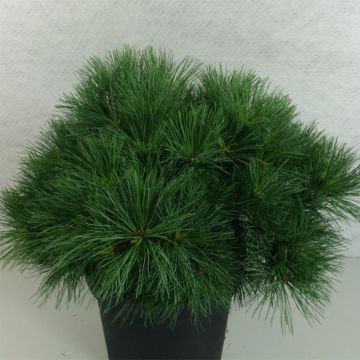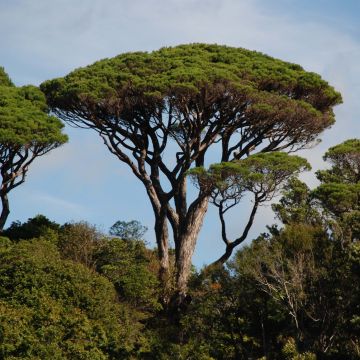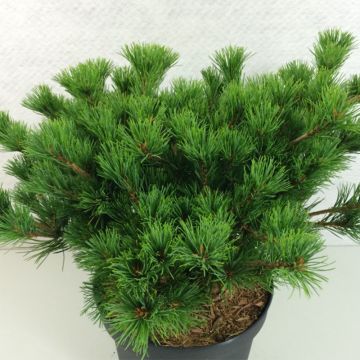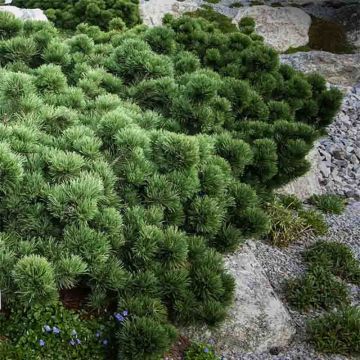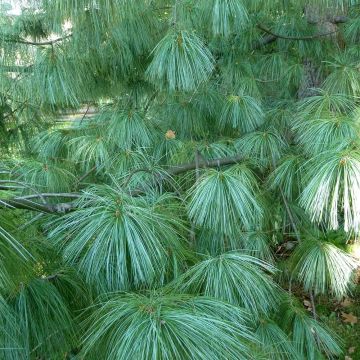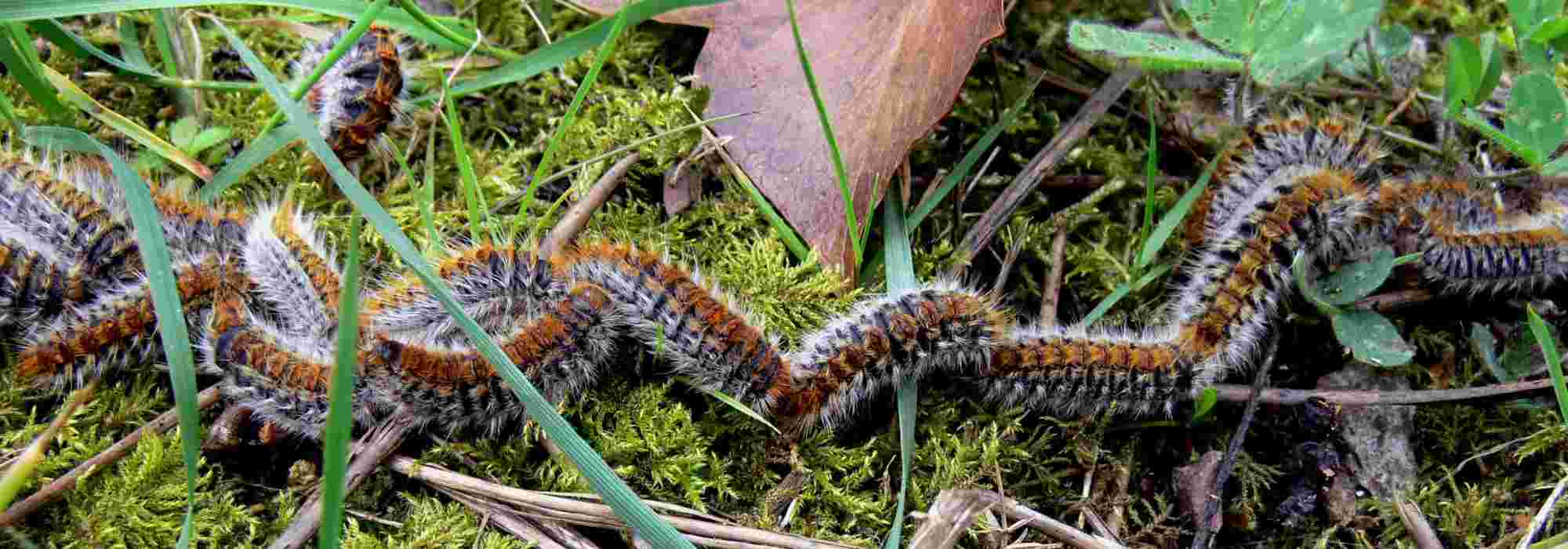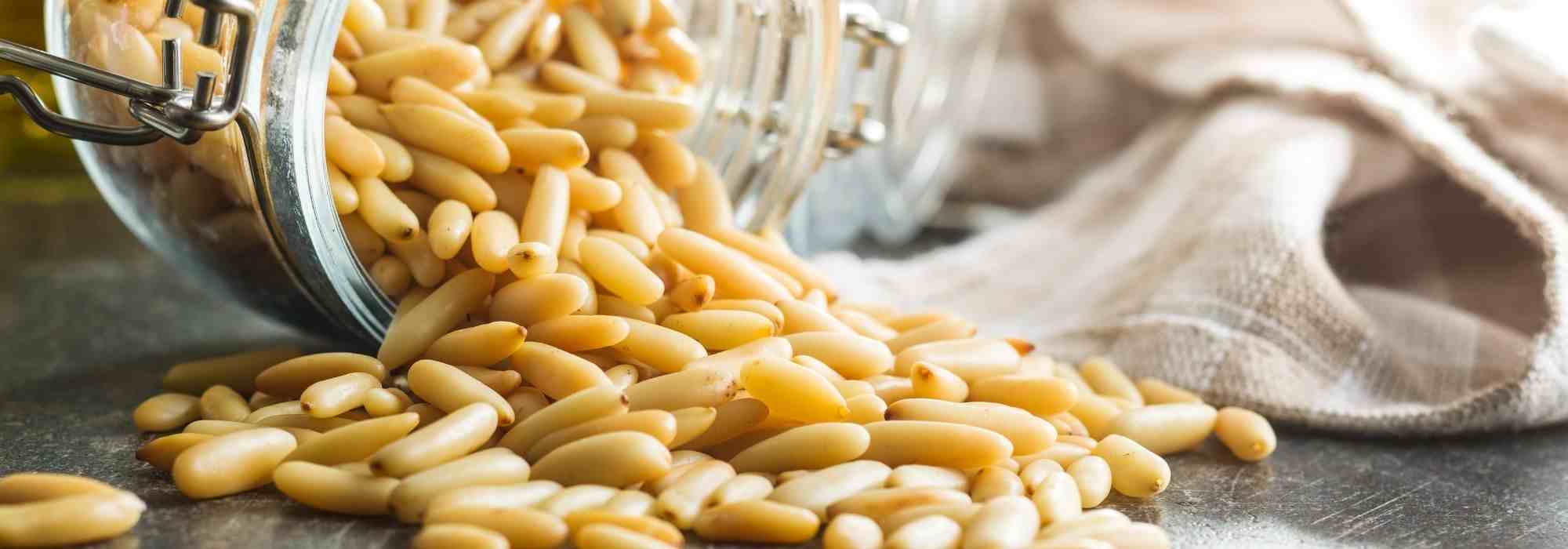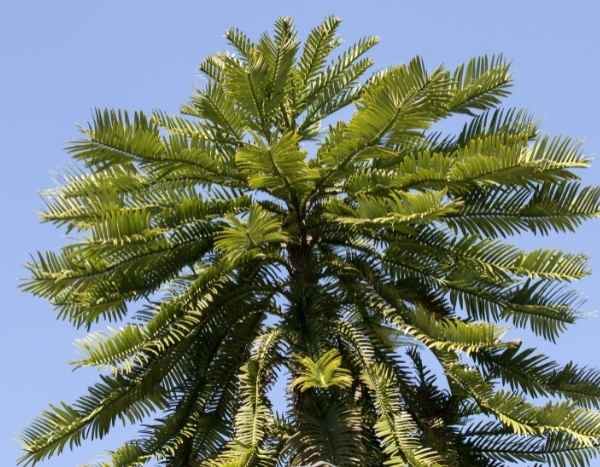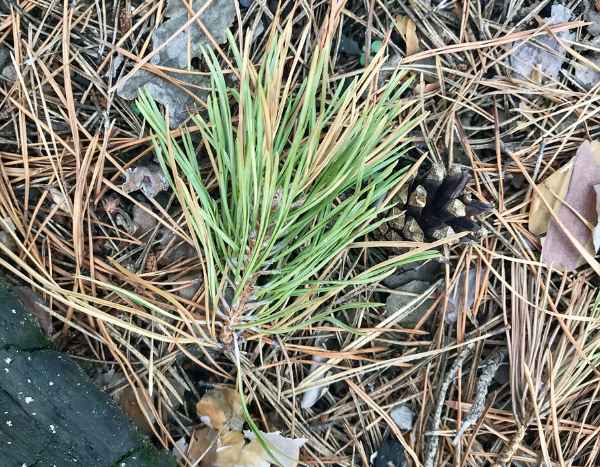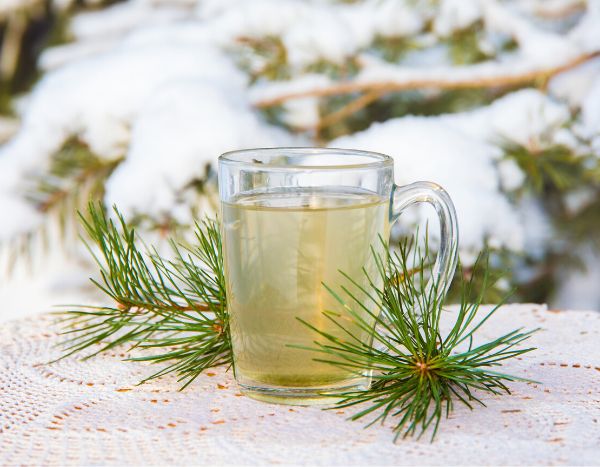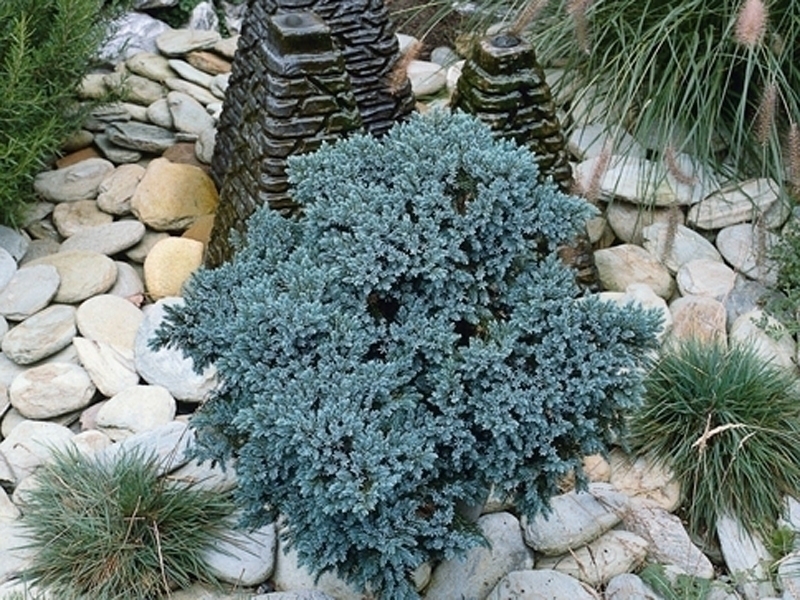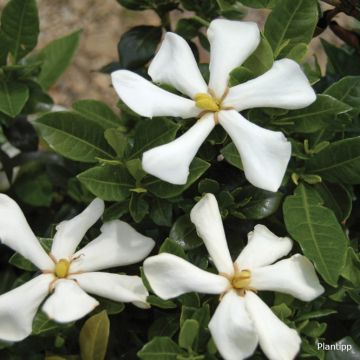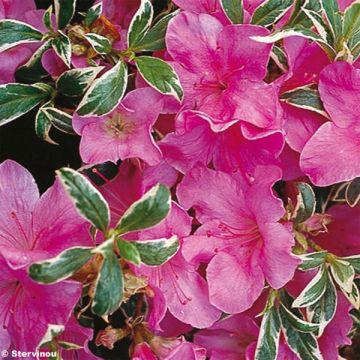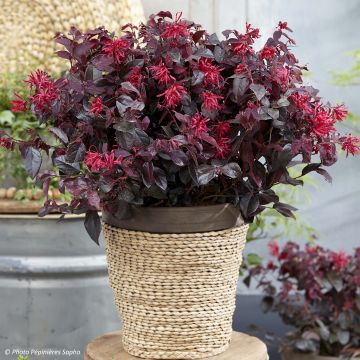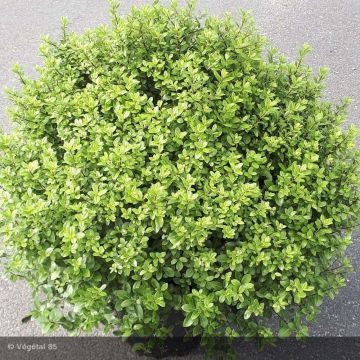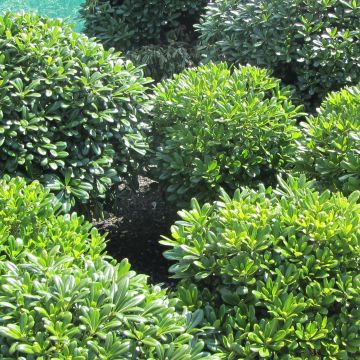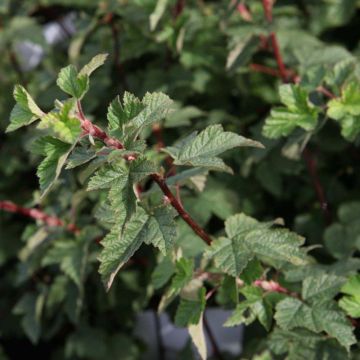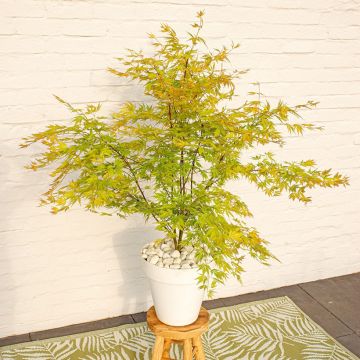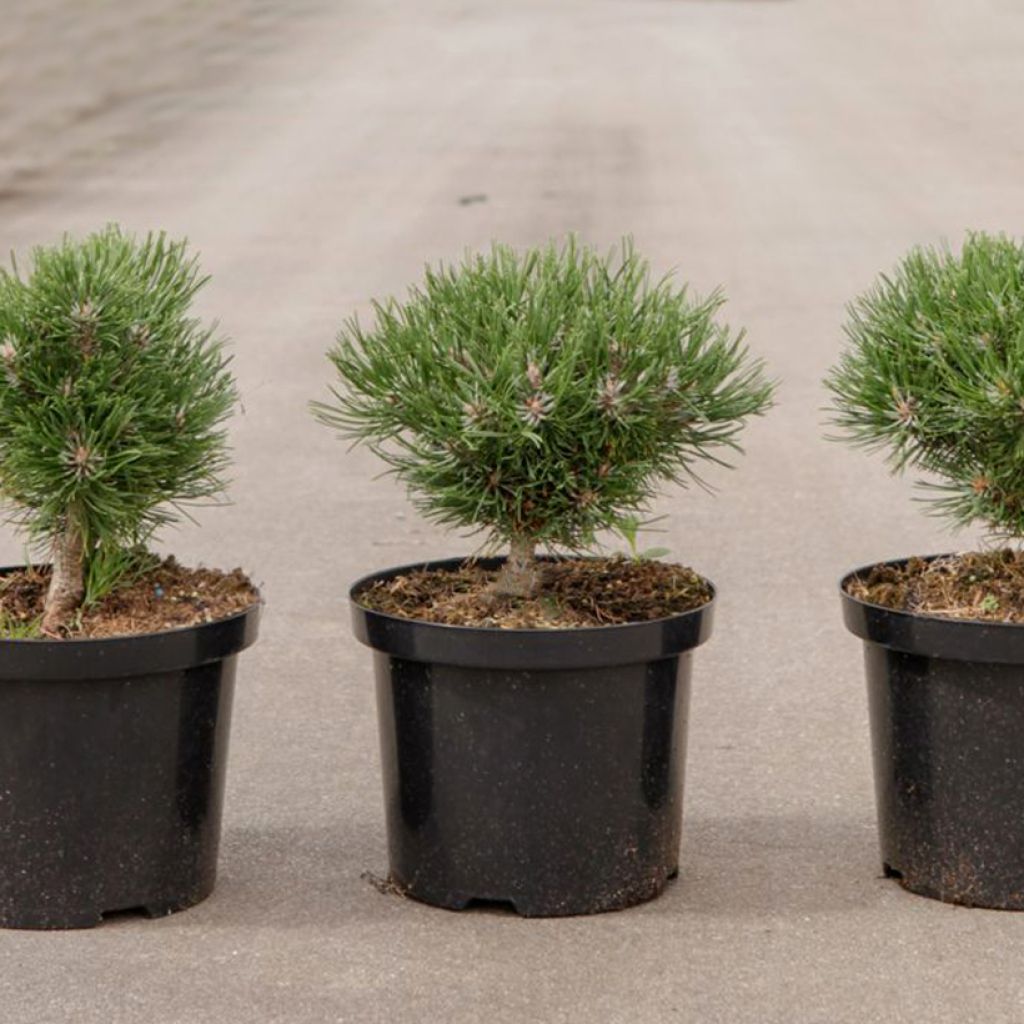

Pinus mugo Heideperle - Dwarf Mountain Pine
Pinus mugo Heideperle - Dwarf Mountain Pine
Pinus mugo Heideperle
Dwarf Mountain Pine, Swiss Mountain Pine, Mugo Pine
Very small young plant but very beautiful, good growth in the soil.
Patricia, 29/12/2024
Special offer!
Receive a €20 voucher for any order over €90 (excluding delivery costs, credit notes, and plastic-free options)!
1- Add your favorite plants to your cart.
2- Once you have reached €90, confirm your order (you can even choose the delivery date!).
3- As soon as your order is shipped, you will receive an email containing your voucher code, valid for 3 months (90 days).
Your voucher is unique and can only be used once, for any order with a minimum value of €20, excluding delivery costs.
Can be combined with other current offers, non-divisible and non-refundable.
Why not try an alternative variety in stock?
View all →This plant carries a 24 months recovery warranty
More information
We guarantee the quality of our plants for a full growing cycle, and will replace at our expense any plant that fails to recover under normal climatic and planting conditions.

Would this plant suit my garden?
Set up your Plantfit profile →
Description
Few conifers are as dwarf as this Pinus mugo 'Heideperle'. Growing steadily but extremely slowly, this miniature mountain pine forms a ball 50 cm (19.5 in) in diameter, on a very short trunk. Its many short branches, covered with dense green needles, form a sphere from which small, elongated cones emerge beautifully. Extremely hardy, this pine needs to be planted in well-drained soil, in sun or even partial shade, and requires very little care, as it is an easy plant to grow. Of course, it's perfect in a pot or tub, thanks to its miniature dimensions and highly decorative appearance in all seasons.
Pinus mugo, also known as the Mountain Pine, is an evergreen conifer from the Pinaceae family, endemic to the mountains of Europe. It is found in the sub-alpine zone, from the Spanish sierras, through the high Alpine and Pyrenean massifs, to the Balkans, escaping the summer heat. It descends only to an altitude of 200 m (650ft) in Central Europe. In the wild, it slowly reaches 3 to 4 m (10 - 13ft) in height and spread, adopting a wind-swept shape that reflects its windswept habitat. It is a very hardy species, well adapted to the mountain climate. It is also called the prostrate pine due to its very knotty wood and twisted, often creeping branches.
This 'Heideperle'variety, also known as a subspecies (Pinus mugo subsp. uncinata 'Heideperle') differs from the wild species in that it is particularly small. Growing steadily but extremely slowly, at around 3 to 5 cm (1.2 - 2 in) a year, it eventually forms a dense sphere of around 50 cm (19.5 in) in diameter, carried on a very short trunk (around 10 cm). Particularly decorative in spring, when the new leaves, grouped in pairs, take on a silvery-grey hue before turning a fairly deep green, it is above all its distinctive shape that attracts attention in the garden.
Its small dimensions should not be taken to mean that it is fragile: this small conifer is highly resistant to the cold, although care should be taken to remove any excess snow that might affect its overall shape. In reality, it only really dislikes excess water in the soil, which should be well-drained, even sandy, poor, neutral to alkaline.
The 'Heideperle' mountain pine is at home in any garden, rural or urban, even in the smallest ones, planted as an free-standing specimen, in borders or in rockeries. It is obviously a prime candidate for decorating a balcony or terrace, planted in a decorative pot. It looks wonderful in a Japanese or contemporary garden, where it blends well with strongly shaped mineral elements, such as bars of schist, or coloured shards of glass to create a clean, modern effect.
To accompany it, choose low-growing plants that will not compete with it, or even smother it, given its small size. This is where the many varieties of sedum come to mind, of which the lowest ones should be chosen to keep them in proportion with this Lilliputian tree.
Plant habit
Foliage
Botanical data
Pinus
mugo
Heideperle
Pinaceae
Dwarf Mountain Pine, Swiss Mountain Pine, Mugo Pine
Cultivar or hybrid
Other Pinus - Pine
View all →Planting and care
Pinus mugo 'Heideperle' can be planted from September to November and February to April in well-drained, moist, poor, even slightly chalky or neutral soil. It likes sunny and relatively dry, sandy soil tending towards alkaline. For this reason, German specialists recommend incorporating rubble or chalky gravel into slightly heavy soils to ensure proper drainage for this dwarf conifer.
However, as with most plants that are drought-resistant when fully grown, you should not hesitate to water them in the first few years to encourage their shallow roots. As an adult, it also tolerates slightly damp soil, provided it is well drained.
You can apply a special conifer fertilizer every year in April and weed the soil in summer. Prune only to correct its shape if necessary, but its growth is so slow that it is best to handle the secateurs with care!
Planting period
Intended location
Care
Planting & care advice
-
, onOrder confirmed
Reply from on Promesse de fleurs
Similar products
Haven't found what you were looking for?
Hardiness is the lowest winter temperature a plant can endure without suffering serious damage or even dying. However, hardiness is affected by location (a sheltered area, such as a patio), protection (winter cover) and soil type (hardiness is improved by well-drained soil).

Photo Sharing Terms & Conditions
In order to encourage gardeners to interact and share their experiences, Promesse de fleurs offers various media enabling content to be uploaded onto its Site - in particular via the ‘Photo sharing’ module.
The User agrees to refrain from:
- Posting any content that is illegal, prejudicial, insulting, racist, inciteful to hatred, revisionist, contrary to public decency, that infringes on privacy or on the privacy rights of third parties, in particular the publicity rights of persons and goods, intellectual property rights, or the right to privacy.
- Submitting content on behalf of a third party;
- Impersonate the identity of a third party and/or publish any personal information about a third party;
In general, the User undertakes to refrain from any unethical behaviour.
All Content (in particular text, comments, files, images, photos, videos, creative works, etc.), which may be subject to property or intellectual property rights, image or other private rights, shall remain the property of the User, subject to the limited rights granted by the terms of the licence granted by Promesse de fleurs as stated below. Users are at liberty to publish or not to publish such Content on the Site, notably via the ‘Photo Sharing’ facility, and accept that this Content shall be made public and freely accessible, notably on the Internet.
Users further acknowledge, undertake to have ,and guarantee that they hold all necessary rights and permissions to publish such material on the Site, in particular with regard to the legislation in force pertaining to any privacy, property, intellectual property, image, or contractual rights, or rights of any other nature. By publishing such Content on the Site, Users acknowledge accepting full liability as publishers of the Content within the meaning of the law, and grant Promesse de fleurs, free of charge, an inclusive, worldwide licence for the said Content for the entire duration of its publication, including all reproduction, representation, up/downloading, displaying, performing, transmission, and storage rights.
Users also grant permission for their name to be linked to the Content and accept that this link may not always be made available.
By engaging in posting material, Users consent to their Content becoming automatically accessible on the Internet, in particular on other sites and/or blogs and/or web pages of the Promesse de fleurs site, including in particular social pages and the Promesse de fleurs catalogue.
Users may secure the removal of entrusted content free of charge by issuing a simple request via our contact form.
The flowering period indicated on our website applies to countries and regions located in USDA zone 8 (France, the United Kingdom, Ireland, the Netherlands, etc.)
It will vary according to where you live:
- In zones 9 to 10 (Italy, Spain, Greece, etc.), flowering will occur about 2 to 4 weeks earlier.
- In zones 6 to 7 (Germany, Poland, Slovenia, and lower mountainous regions), flowering will be delayed by 2 to 3 weeks.
- In zone 5 (Central Europe, Scandinavia), blooming will be delayed by 3 to 5 weeks.
In temperate climates, pruning of spring-flowering shrubs (forsythia, spireas, etc.) should be done just after flowering.
Pruning of summer-flowering shrubs (Indian Lilac, Perovskia, etc.) can be done in winter or spring.
In cold regions as well as with frost-sensitive plants, avoid pruning too early when severe frosts may still occur.
The planting period indicated on our website applies to countries and regions located in USDA zone 8 (France, United Kingdom, Ireland, Netherlands).
It will vary according to where you live:
- In Mediterranean zones (Marseille, Madrid, Milan, etc.), autumn and winter are the best planting periods.
- In continental zones (Strasbourg, Munich, Vienna, etc.), delay planting by 2 to 3 weeks in spring and bring it forward by 2 to 4 weeks in autumn.
- In mountainous regions (the Alps, Pyrenees, Carpathians, etc.), it is best to plant in late spring (May-June) or late summer (August-September).
The harvesting period indicated on our website applies to countries and regions in USDA zone 8 (France, England, Ireland, the Netherlands).
In colder areas (Scandinavia, Poland, Austria...) fruit and vegetable harvests are likely to be delayed by 3-4 weeks.
In warmer areas (Italy, Spain, Greece, etc.), harvesting will probably take place earlier, depending on weather conditions.
The sowing periods indicated on our website apply to countries and regions within USDA Zone 8 (France, UK, Ireland, Netherlands).
In colder areas (Scandinavia, Poland, Austria...), delay any outdoor sowing by 3-4 weeks, or sow under glass.
In warmer climes (Italy, Spain, Greece, etc.), bring outdoor sowing forward by a few weeks.






























